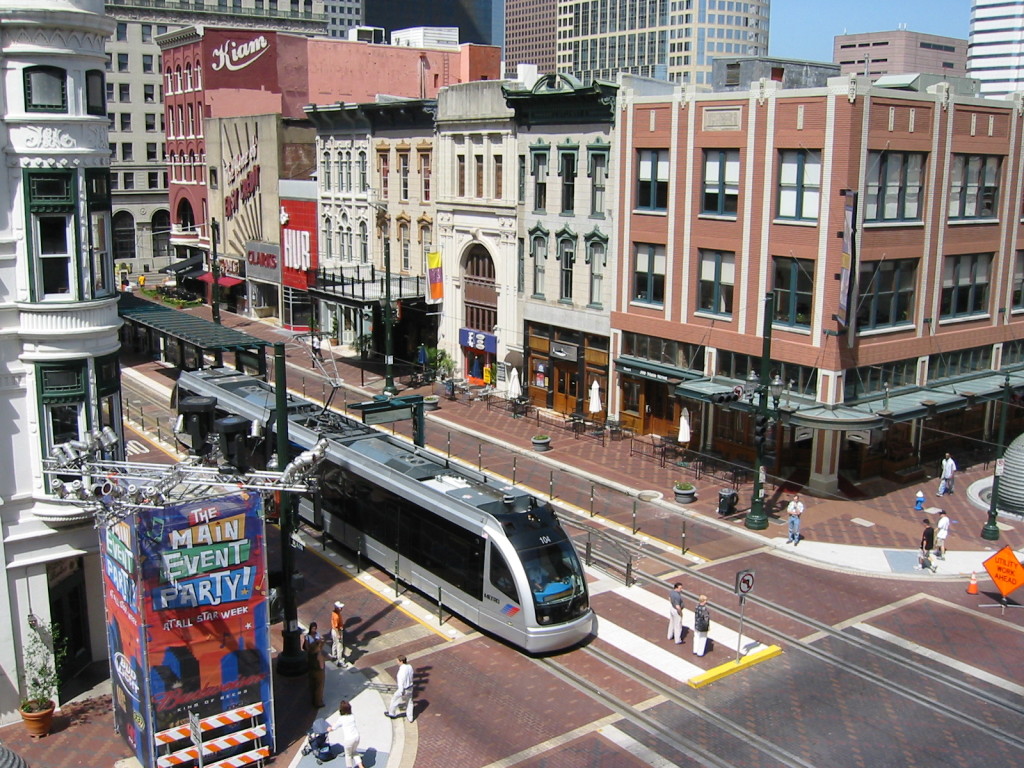Denser cities will have far fewer cars per capita than diffuse cities. Mass transit enables the transport of many more people over equivalent distances than cars can. Whether or not a mass transit system could move more people out of harm’s way than the equivalent population in private automobiles is an open question. The debacle of the Rita-inspired Houston evacuation is still fresh. The state and city of Houston, however, have taken extensive measures to insure that contra flow is put in place early, such that the next evacuation could be much smoother.
How well a mass-transit aided evacuation would work depends on a number of factors, including the number of buses/trains available and how far transit system extended beyond the areas of immediate danger. It is conceivable that hurricane-safe refuges or sanctuaries could be built at the inland termini of major coastal metropolitan transit systems. All of the above potential benefits associated with compact growth are presented in a somewhat “self-evident” form, and some might well be — like the length of levees relative to land area. But others are much less self-evident (e.g, social cohesion) and need much more research for validation. The idea of resilience is not tied to specific urban form, to be sure (Godschalk, 2003), but the many other benefits, social and physical, associated with compact urban form, commend it for consideration by natural resource hazard and climate change researchers and practitioners.




